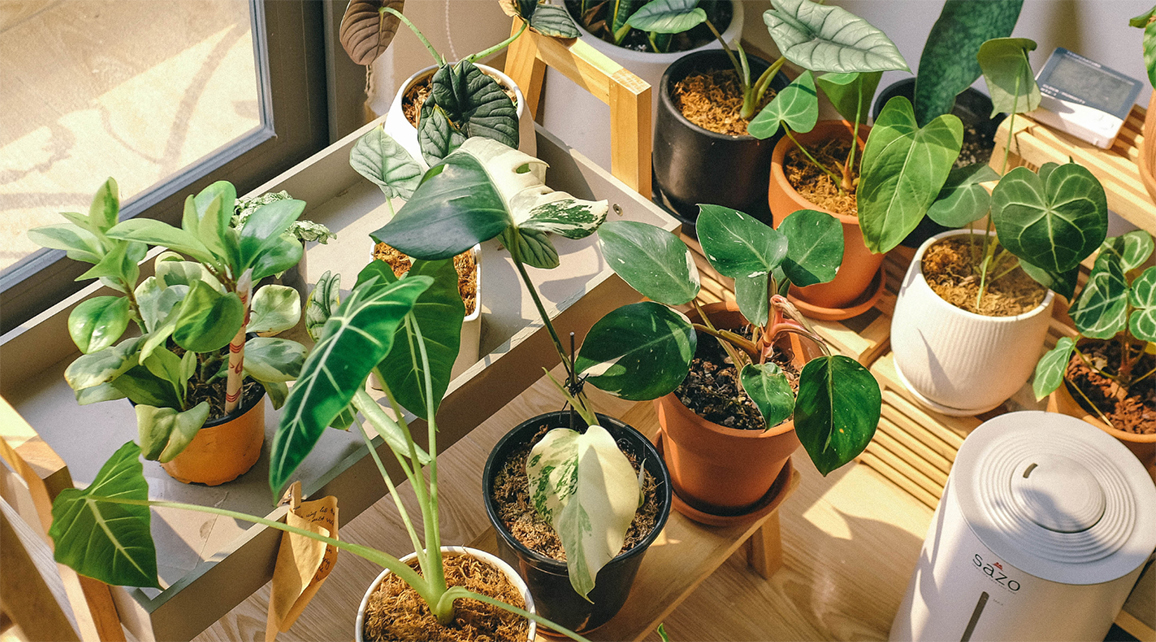Posted on Wednesday, 8th October 2025
As the winter months creep in and the days get darker and colder, there’s an important task to get done in your garden; wintering your potted plants to help protect them once the nights draw in. As the temperatures drop below freezing, potted plants are much more vulnerable, especially when compared to plants planted in the ground. And without proper care, your most prized possessions can suffer or even die.
If you’ve overstocked your seeds or need to make room in the shed for your plants over winter, our short and long-term storage units are there to keep your possessions in top condition over winter. Store the lawnmower away with Space Station, and prep your plants for the next season with our expert tips.

The first step to protecting your plants for the colder months is by inspecting each one of them:
It’s important to make sure that each and every one of your pots are cleaned before the winter months. Remove any debris from the outer side of the pot, as this will help to reduce pests and diseases from spreading in your plants. Make sure there’s no old roots or stones covering the drainage holes, and brush away any cobwebs or soil to keep your pots looking fresh.
Healthy soil is key to keeping your plant’s roots strong and healthy, and this is even more important in the winter months.
Finding the right location for your potted plants
Every green fingered enthusiast will know that finding the right location for your plants is key, no matter the season. Before the winter months hit, you’ll need to make sure your plants are stored in a sunny, sheltered spot, whether that’s indoors or outdoors.
Overwatering your potted plants in winter is a common mistake that most garden enthusiasts make when starting out in their new hobby. There’s a fine balance to achieve when it comes to watering, as too little water can dry out the roots, and too much can cause your roots to rot.
Some potted plants may need more of a helping hand in the winter months to help them from freezing and ultimately dying. There are a number of handy tricks to help you insulate your pots:
Plants can naturally attract pests, especially those kept indoors throughout the winter months. Make sure to regularly check your plants, leaves and stems for any signs of pests. If you do find any, remove them and keep the plant away from any others, just in case any diseases spread.
There are a number of signs to keep an eye out for that signal that your potted plants could be struggling:
If you spot any of the above signs, we recommend checking your soil condition and the temperature of your pot’s location. You could consider moving your plant to a sunnier, drier spot in the garden, or moving your pots inside.
As the winter months fade out, and Spring is on its way, it will be time to get your plants ready for the warmer months fast approaching. To help you get a head start, we recommend:
If you feel like you don’t have the space to store all your gardening equipment, you may want to look at our personal storage options.